
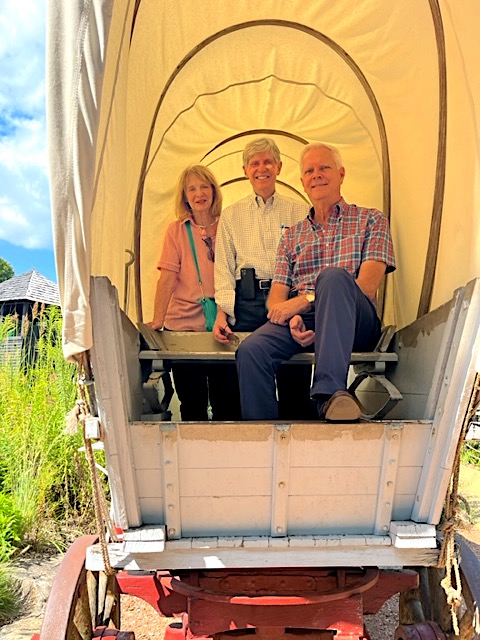
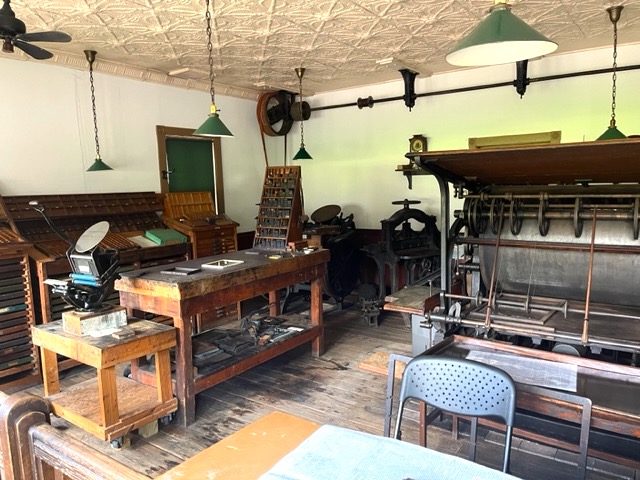
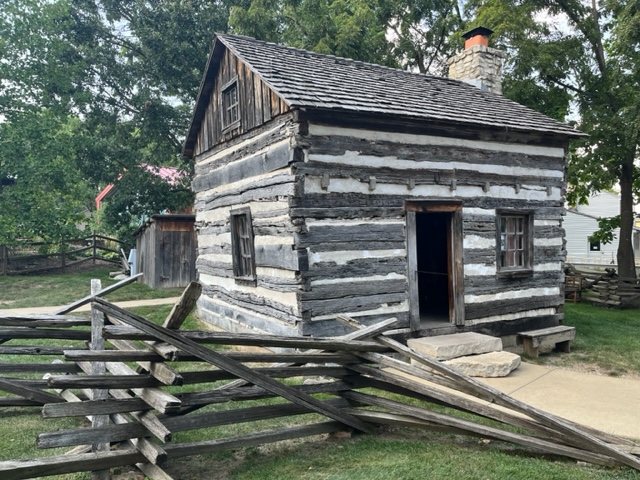
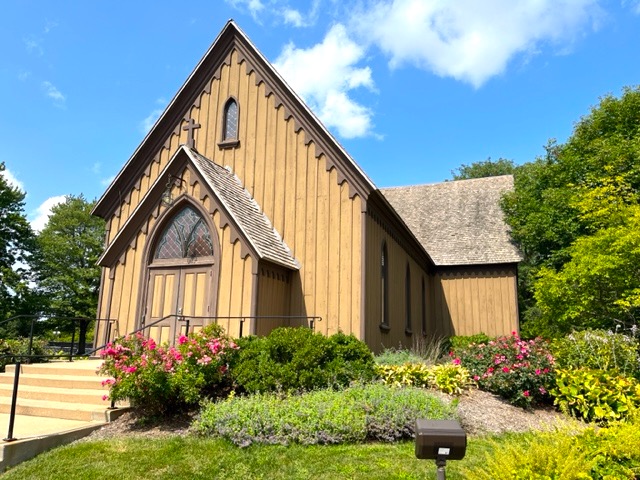
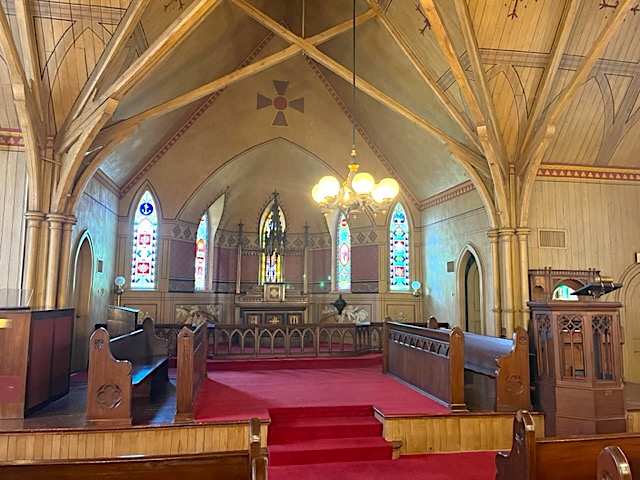
After a relaxing morning at the house having coffee, feeding the ducks, squirrels and chipmunks, we headed out to the Naper Settlement in Naperville, Illinois. Established in 1969, Naper Settlement, through a management agreement with the City of Naperville, operates under the direction and governance of the Naperville Heritage Society, whose mission is to “document, preserve and interpret the community life of Naperville, Illinois, including, but not limited to the social, political and business history. Naper Settlement is a family-friendly outdoor history museum featuring 13 acres of learning and interactive opportunities for all ages. Located in downtown Naperville, Naper Settlement is just steps away from dining, shopping, and the Riverwalk. Visitors are immersed in history as they learn about the past and how it relates to the present, from pioneer times to today. Highlights include special events, programs and activities year-round, both on and off-site.
Dedra, Kent and I took a 90-minute walking tour of the grounds exploring all of the historic buildings like the Post Office, the blacksmith shop, the print shop, the fire station, a log home, a school house and a chapel. In the basement of the main visitor center is an extensive museum of local Naperville history. Also, on the property is the Pine Craig mansion where we took a 30-minute tour. The Pine Craig mansion is the Martin family’s grand home which was also a place of business.
In 1883, George Martin built a new home for his family on the rural edge of downtown Naperville. Called Pine Craig, the mansion stood on Locust Hill near Martin’s limestone quarries along the DuPage River. Martin’s quarrying business boomed after the Great Chicago Fire of 1871, when Chicagoans needed stone to rebuild their devastated city.
The Martins’ home, which stood near the quarries, closely tied their personal and business lives together, with dynamite blasts and clouds of limestone dust interrupting family meals. Pine Craig’s brick, tile, and stone showcased the building materials produced by George Martin’s operations. Martin met with customers in his home office, working with his daughters. Architect Joseph A. Mulvey designed Pine Craig for George Martin in the Victorian Eclectic style in 1883. After George Martin’s death in 1889, his widow and daughters stayed at Pine Craig, maintaining the family’s businesses by becoming active partners and managing their 200 acres estate.
In 1936, Martin’s daughter and last surviving heir, Caroline Martin Mitchell, created a living legacy that has lived, thrived, and expanded well into the 21st century. Through a perpetual charitable trust, she appointed the City of Naperville as the trustee of her family’s 212-acre estate. She outlined the terms and conditions to ensure that her land would be an ever-evolving legacy to the Martin family by securing Pine Craig as a museum; her orchards as a place to gather her community, and by dedicating the remaining acreage to the public good and stipulating that her lands be used to fund her museum when necessary. Today, Caroline’s vision is still being realized, and her 212 acres play a central role in shaping Naperville. Her home and orchards are now Naper Settlement. Caroline’s remaining land has shaped Naperville into a thriving epicenter of growth and progress with a variety of community assets, including Naperville Central High School, Rotary Hill, Knoch Park, the Naperville Garden Plots, Von Oven Scout Reservation, Sportsman’s Park, Edwards Hospital, Naperville Cemetery, and more.
The Century Memorial Chapel was designed in the Prairie Gothic style popular in Illinois at the time. In rural areas like Naperville, timber was more accessible than stone, the typical material used for Gothic structures. The shape of the chapel is constructed in the shape of a cross and builders encouraged churchgoers to look up to the heavens by adding details to the ceiling that would draw one’s eyes up.
